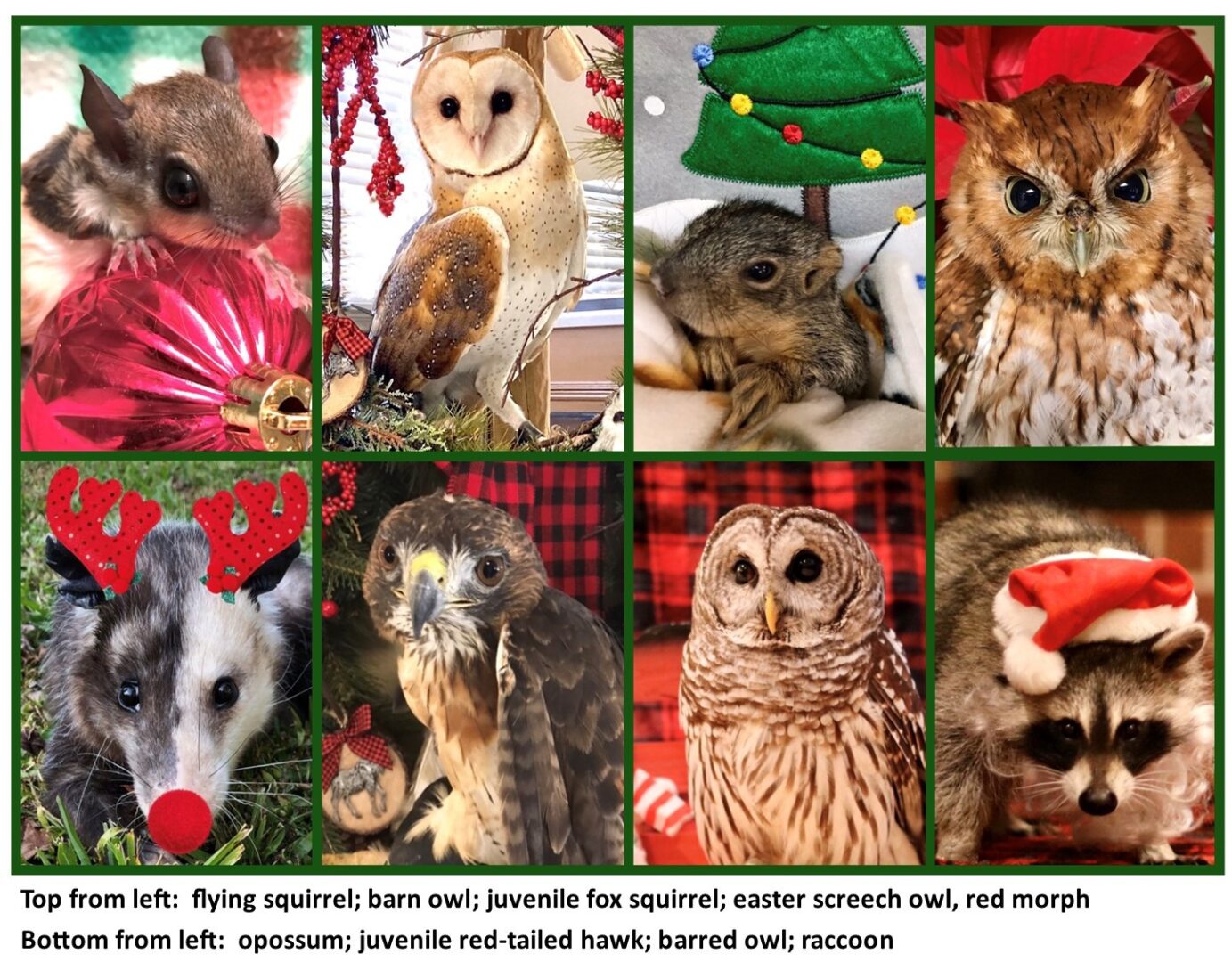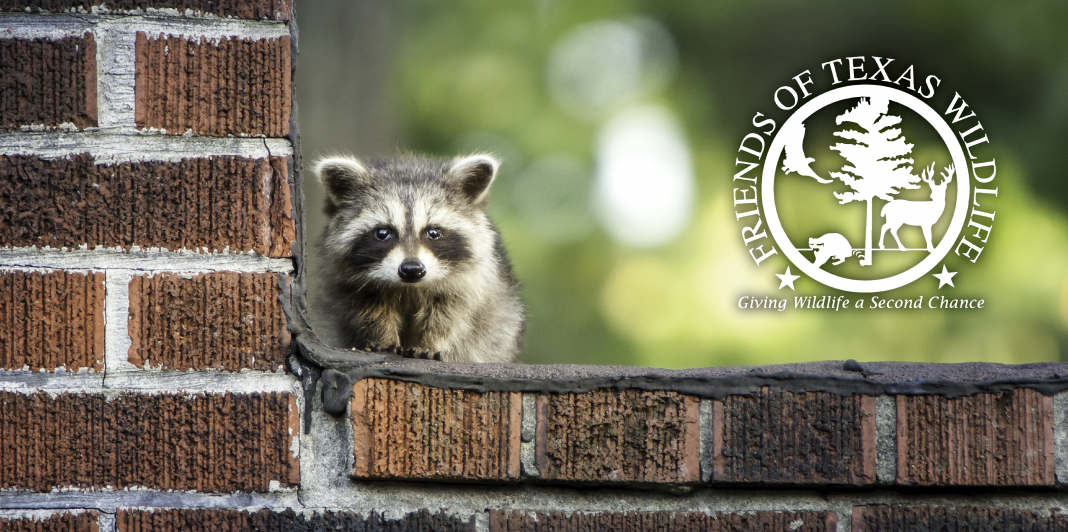Well, the holidays are fast approaching, and we are surrounded by images of winter wonderlands, snowmen, pine trees that would never survive our hot summers, and visions of sugar plums dancing in our heads. Sometimes the weather even FEELS like winter. Even though our cold snaps tend to be milder and shorter in duration than for our neighbors to the north, our animal friends still need to adapt to the changes in food sources and temperature. Some changes are more obvious than others, but there is a lot going on in our “winter” months.
In much colder, snowier environments, many animals hibernate. Hibernation is defined as a state of inactivity characterized by low body temperature, slow breathing and heart rate, and low metabolic rate. Further up north, many mammals hibernate, such as bears, bats, skunks, and groundhogs. Here in our part of Texas, it is not necessary for mammals to hibernate as we do not have extended periods of cold weather and snow. However, some species of animals do need to enter a state of hibernation, or alternatively a state of torpor. Torpor is a state of decreased physiological activity in an animal, usually by a reduced body temperature and metabolic rate. Torpor enables animals to survive periods of reduced food availability. Torpor is a “lighter” form of hibernation, so to speak. Animals here that would enter states of hibernation or torpor would include cold-blooded animals (snakes, lizards, amphibians, turtles, tortoises) and some insects (ladybugs, certain bees). Cold-blooded animals cannot digest food adequately when their body temperatures drop too low, and for those dependent on insects for food, their food source is largely gone in colder months. For insects, most flowers and plants they depend on for food, or other insects they prey on, are also unavailable during the colder months. While they may not hibernate for long periods of time, they will enter a state of torpor and stay in that state until the temperatures warm again. Turtles and frogs may bury themselves in mud under lakes and ponds for up to six months at a time, although here in Texas it is likely to only be for a few months.
Some animals migrate to warmer climates. Anyone who has lived in our part of Texas for a while surely notices that our summer hummingbirds abandon us to head south for warmer weather. They are generally gone by the end of October, with some stragglers from further north passing through a bit later. We also are in the flight path for migrating monarch butterflies. Bats also need to adapt in winter; the species of bats that call our area home are insect eaters. Some species hibernate, often favoring the same roosts year after year, and other species migrate further south. In the autumn, you have no doubt heard flocks of geese and ducks migrating through our area. Many species of songbirds and raptors also either migrate through our part of Texas, or some may come here from further north to spend their winters here. Many birds that eat insects during other times of the year now change their diets to predominantly seeds during cooler months as that is what is more readily available. That is why if you have a backyard feeder you are likely to see more birds, and more variety of birds, visiting feeders during colder months.
Many animals and birds, if not most, change their diets in the cooler months due to changes in what is available. Skunks, raccoons, and opossums will eat more seeds, berries, nuts, and roots since the insects, reptiles, or plant-based foods they eat during other months are largely unavailable in winter. All species of squirrels, which eat plant buds, flowers, berries, and insects during warmer months, now eat seeds, nuts, lichens, acorns, and whatever leftover berries they can find. Flying squirrels may even live in small colonies for the cooler months, sharing their stockpiles of food. Deer, which live more solitary lives the rest of the year, often come together in herds during winter months. Female deer (does) separate in late spring to have their fawns, and they stay separate from the bucks through the summer. After rut (fall mating), bucks, does, and juvenile deer will group up again for the winter months. For most of the year, they feed mainly on non-woody plants, grasses, and flowering weeds, but during winter months, they will also eat more fruits, nuts, acorns, and whatever leaves they can pick off of trees. It is generally not a good idea to feed wildlife as it can artificially increase the numbers of animals a particular area can support. It is better to let the wildlife subsist on what the area can provide them with naturally. Bird feeders are generally fine as birds tend to not become dependent on them for survival. It is helpful to wildlife in cooler months to provide a source of drinking water for them, so bird births, shallow ponds, or water saucers on the ground are welcomed by many species of birds and other wildlife.
To learn more about what we do and view pictures of many of the animals we assist, please visit our Facebook page at www.facebook.com/SavingTexasWildlife. Details can be found at www.ftlw.org, and then click on “How to Help”. We also have a great deal of helpful information on our website about many species of animals and how to assess if they need help or not. If you need assistance with an animal you may have found, please email us at [email protected]. For the time being, due to ongoing Covid concerns, our educational center remains closed, but we are participating in many online presentations and will be posting more educational videos on our Facebook and YouTube page in the coming weeks. From all of us to all of you and yours, we wish you peace, happiness, and good health for this holiday season, and a happy, less-stressful (and hopefully Covid-free) 2021.
















